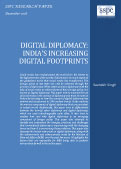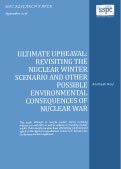March 13, 2019
The first Trump-Kim summit in Singapore (June 2018) much was expected from the second summit held during late February 2019 at Hanoi. The first round was historic but the second round turned out to be a disaster with the summit ended abruptly. After the first summit, North Korea had begun to dismantle a missile engine test stand at Sohae. Post the failure of the second summit, however, some reconstruction has been noticed at this site. Is this symptomatic of the failure of diplomacy or it is bit premature to write an obituary of peace in the Korean peninsula? This issue brief analyses the ongoing efforts towards resolving the North Korean riddle.


